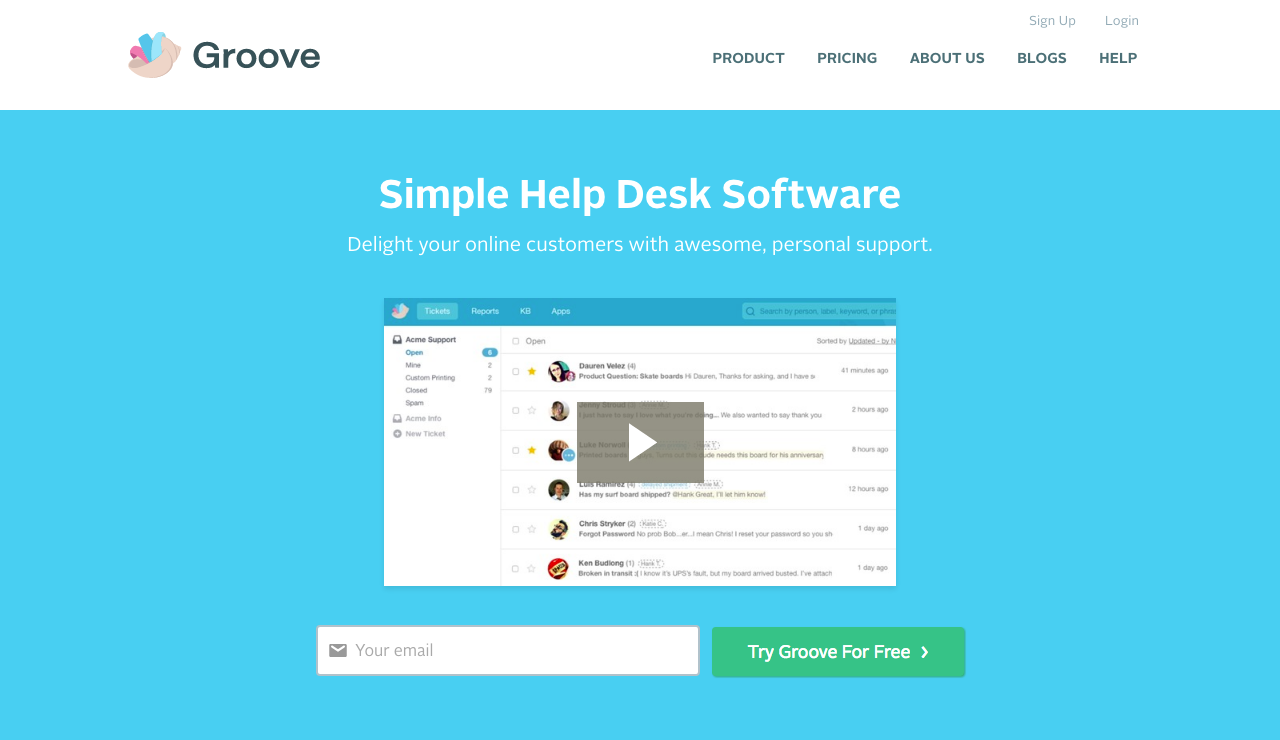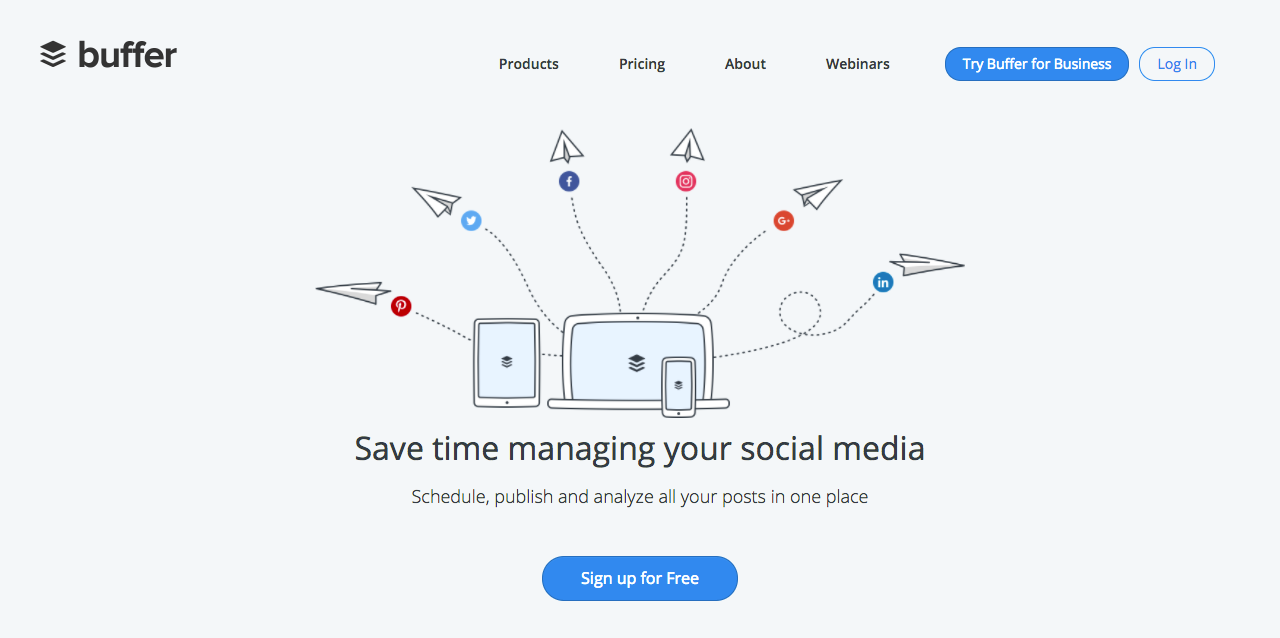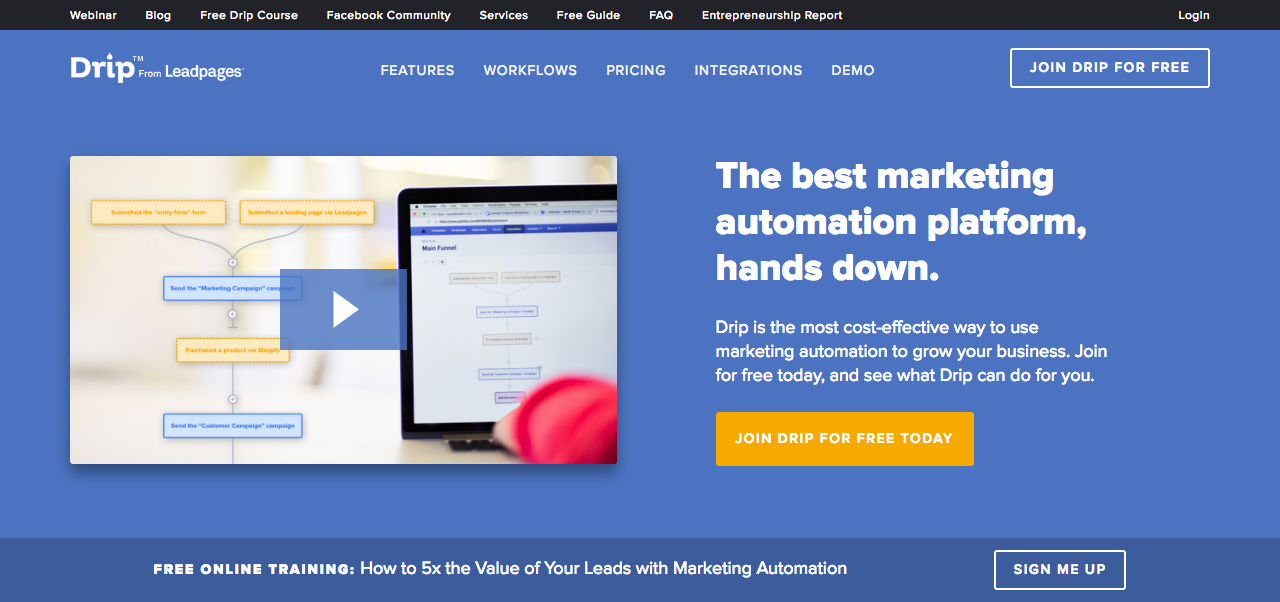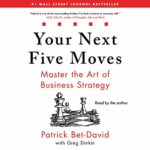For one of my products I was getting getting polite interest but not turning any leads into customers. That is a recipe for a failed business. I knew that the product was a good one that would allow the leads to make a huge jump with their business in terms of retaining existing customers and winning new customers but nobody I talked to was signing up.
I had a problem.
Either I had grossly misread my niche’s needs or I was not communicating my product’s value proposition well enough. (Or maybe a bit of both.) I had done some customer development prior to building the product but at this point the product was built and ready for users. And if I had been effective at communicating the value of the product you would have expected to get some people signing up and trying it out.
Since that wasn’t happening the issue was clearly that the value proposition in my marketing materials and sales calls was not good enough. I needed to improve it.
When I had originally created the product’s website I had tried out some of the common value proposition formulas such as Steve Blank’s:
“We help X do Y by doing Z”.
And this is Geoffrey Moore’s:
“For (target customer) who (need statement), the (product/brand name) is a (product category) that (key benefit statement/compelling reason to buy). Unlike (primary competitor alternatives), (product/brand name) (primary differentiation statement).”
Those did not work for me in this case. I suspect that is because a lot of them are about positioning your product versus a competitor for potential customer who is already sold on the need. In my case I needed to sell the customer on the need for a product in this category rather than tell them why I am better than the competitors. One day I was reading a business post-mortem which was laid out with the “five whys” and a light bulb went off. I should use that for finding my value proposition.
The five whys are a powerful business tool that were originally developed at Toyota. The technique is used to get to the root of a problem by asking why five times. Start with the problem and then ask why it happens. Take that answer and ask why it happens. Repeat until you have asked why five times and you will be much closer to figuring out what in the organization is causing the problem you are seeing.
Groove:

For using this technique for finding a value proposition let’s use the example of Groove which provides help desk software. These are the five why’s they might ask about their customers:
Five Whys:
A customer needs help desk software:
- Why? – They want to better manage their support requests.
- Why? – To provide better service to their customers.
- Why? – To reduce churn.
- Why? – To increase revenue.
- Why? – To grow their business.
Value Propositions:
Based on this they could try the following as value propositions:
“Build a world class business by providing world class customer support.”
“Simple help desk software for successful businesses.”
“Help desk software you can scale with.”
Buffer:

Five Whys:
A customer needs software to handle social media:
- Why? – They have a lot of social media accounts.
- Why? – They want to connect with their audience no matter what social network they are on.
- Why? – To share their content.
- Why? – To provide value to their audience.
- Why? – To build relationships.
Value Propositions:
“Build relationships with your audience.”
“Engage your audience with your best content whenever and wherever they are.”
“Turn followers into customers by making sure they see the content you share.”
Drip:

Five Whys:
A customer needs an email marketing platform:
- Why? – They want to dynamically send emails.
- Why? – To provide different content to different segments of subscribers.
- Why? – To deliver content that feels personal.
- Why? – People respond better to personal emails.
- Why? – More engaged people will move down the sales funnel.
Value Propositions:
“Deliver personalized emails to every customer and future customer.”
“Provide personalized content that converts at every stage of your sales funnel.”
“Build personal relationships by making every email personal.”
“A business is built on relationships and relationships are between people. Make every email personal.”
I suspect a lot of Drip’s customers, if not the majority of them, are moving to Drip from other email marketing platforms. In that case they don’t need to sell the visitor on the benefit of email marketing software but why Drip is better than the software the visitor currently uses.
(I actually really like what they are using here: “The best marketing automation platform, hands down.”)
Five Whys:
Drip is better than competitors:
- Why? – It is easier to use.
- Why? – Because it has a visual campaign builder that ties all the features together.
- Why? – So you can customize every communication.
- Why? – Because that will convert more subscribers to customers.
- Why? – The founders know from their years of experience.
Value Propositions:
“Created by business owners who understand that powerful software should be simple to use.”
“Decades of email marketing experience at your fingertips.”
“Developed by, and for, entrepreneurs.”
“An email marketing platform proven to be easy to use and powerful enough to convert your subscribers into your customers.”
Test. Test. Test.
Some of those value propositions were better than others but what is nice about this exercise is that by slightly altering the premise and going through the five whys again you will end up in a completely different place.
There are a lot of ways to figure out your value proposition and you should be continuously testing to see which one resonates best with your audience. It can be the difference between having a successful business and being out of business.


